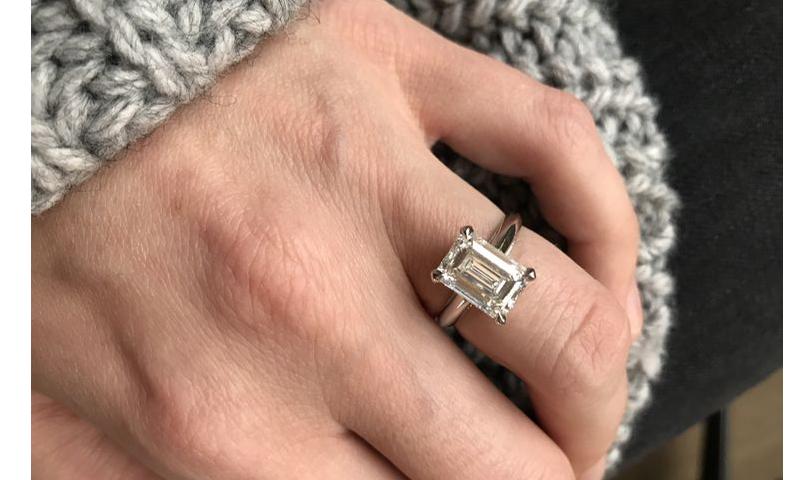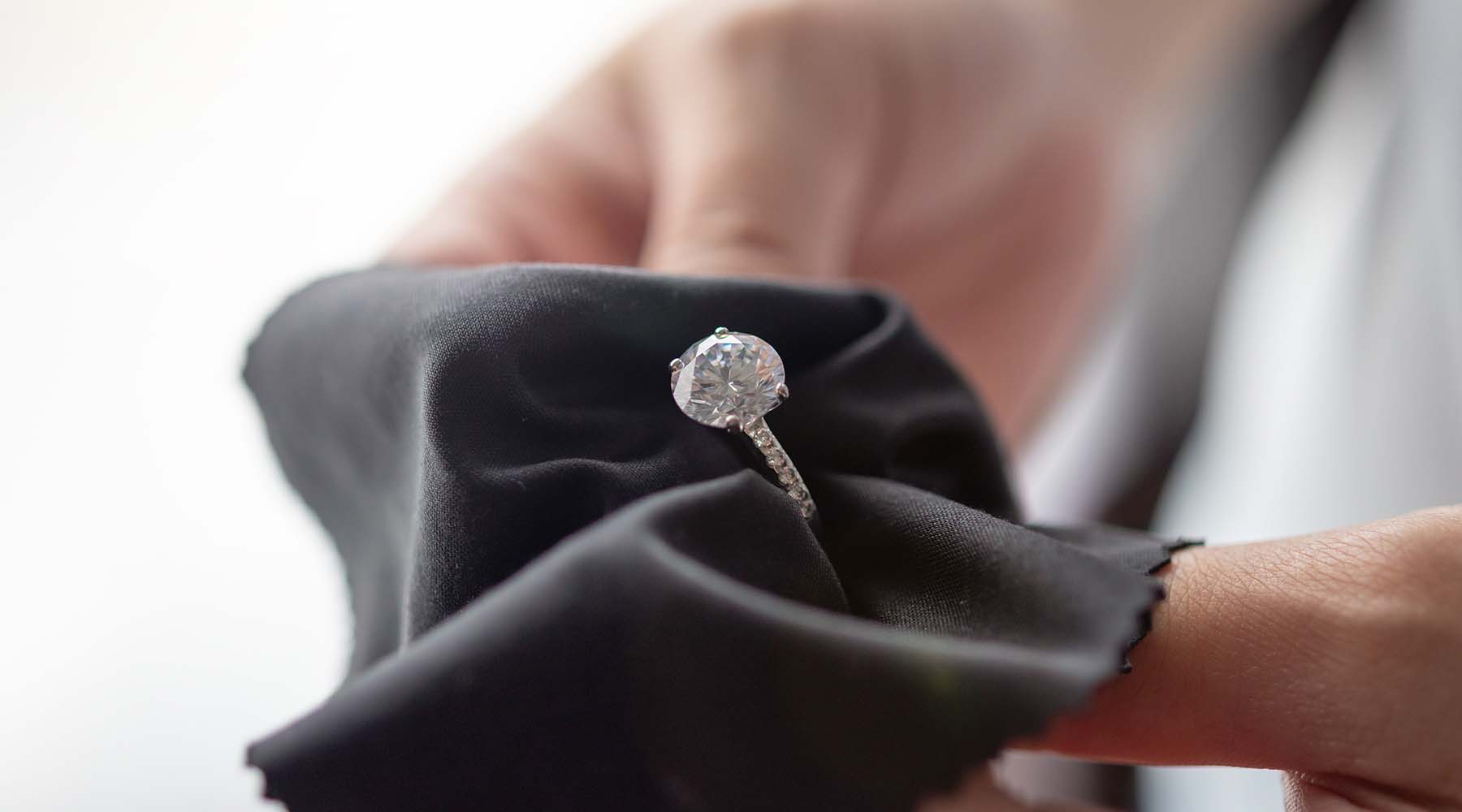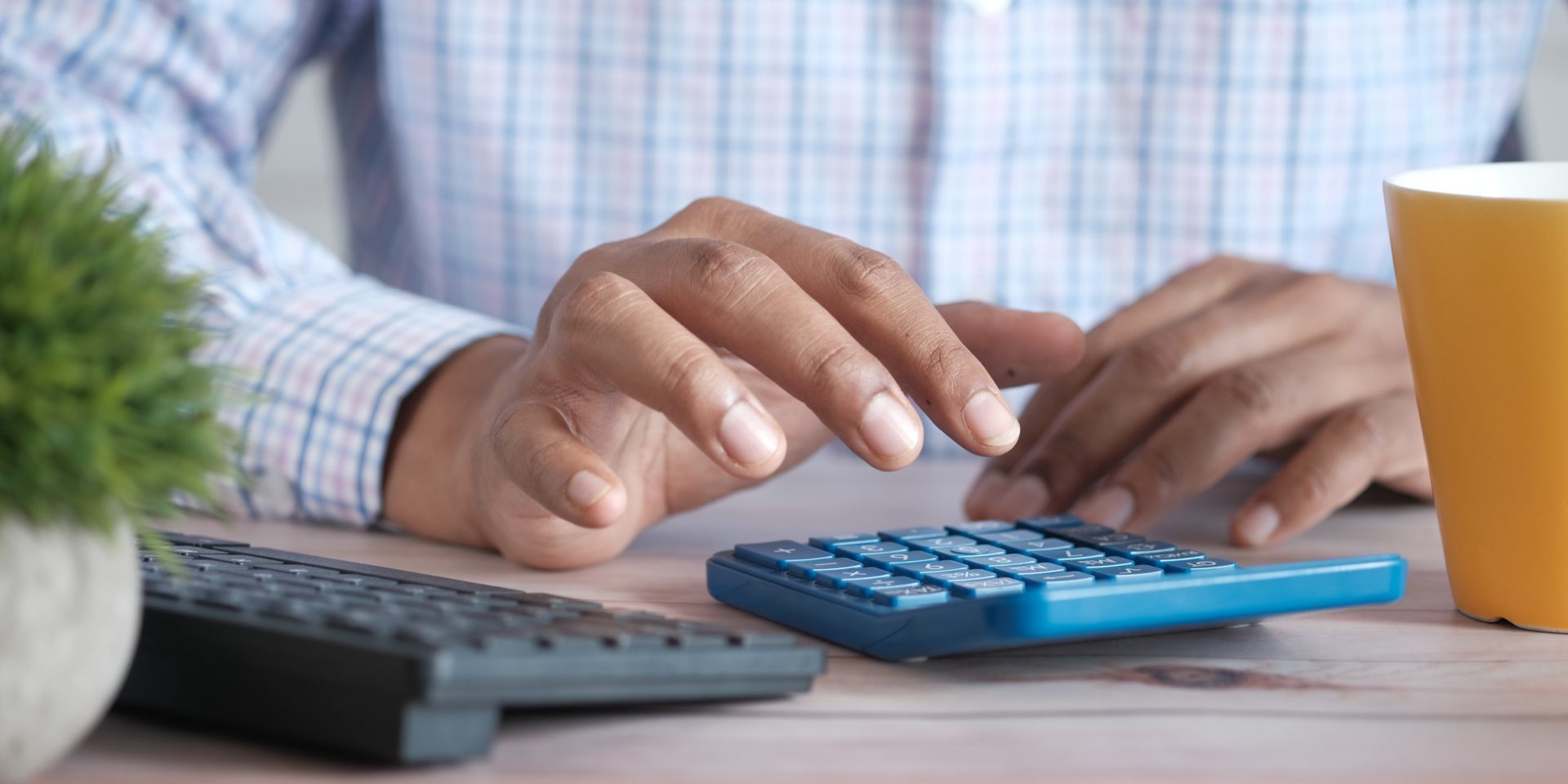When it comes to buying a ring, whether it’s for an engagement, a wedding, or just a stylish accessory, getting the right fit is crucial. An ill-fitting ring can be uncomfortable, impractical, and at worst, easy to lose. This guide will help you understand how to find your correct ring size and what factors to consider when choosing a ring.
Understanding Ring Size Guide
Ring sizes are usually measured in numerical values, with the most common sizing system in the United States running from size 3 to 15, including half and quarter sizes. Other countries, like the UK and Australia, use an alphabetical system (from A to Z), while Europe and parts of Asia use millimeters or internal circumference for measurement.
Here’s a simple breakdown:
- US and Canada: Numeric sizes from 3 to 15, including half and quarter sizes
- UK and Australia: Alphabetical sizes from A to Z
- Europe: Sizes based on the internal circumference in millimeters
- Asia (Japan): Numeric sizes, generally ranging from 1 to 27
How to Measure Your Ring Size
There are several methods to measure your ring size, ranging from professional tools to DIY techniques. Here are some common ways to get an accurate measurement:
- Ring Sizer Tool: This is the most reliable method, involving a set of rings or a plastic strip with incremental measurements. You can find these at most jewelry stores or online.
- String or Strip of Paper: Wrap a piece of string or paper around your finger, mark where it overlaps, and then measure the length with a ruler. Use a ring size chart to determine your size.
- Existing Ring Measurement: If you have a ring that fits comfortably, measure its internal diameter with a ruler or caliper, then refer to a size chart to find the corresponding size.
Tips for Accurate Measurements
To ensure an accurate ring size measurement, keep these tips in mind:
- Measure at the Right Time: Fingers tend to swell throughout the day, so measure your ring size in the afternoon or evening when your fingers are at their largest.
- Consider Temperature: Cold weather can cause fingers to shrink, while warm weather can make them swell. Try to measure at a comfortable room temperature.
- Don’t Measure on Bad Days: If you’re retaining water or experiencing swelling from illness or other causes, wait until your fingers are back to their normal size.
- Check with Multiple Methods: To ensure accuracy, try measuring with a couple of different methods and compare results.
Factors to Consider
When choosing a ring size, consider the following factors:
- Ring Width: Wider rings tend to feel tighter, so you may need to go up a size for rings with a broader band.
- Dominant Hand: Your dominant hand’s fingers are often slightly larger, so measure the finger where you’ll wear the ring.
- Comfort and Security: A well-fitting ring should slide on easily and be snug enough to stay in place, but not so tight that it’s uncomfortable or difficult to remove.
Getting Your Ring Resized
If you end up with a ring that’s too small or too large, resizing is often possible. However, some designs (like those with intricate settings or specific materials) may be challenging to resize. Always consult with a reputable jeweler to determine if your ring can be resized without damage.
Finding the perfect ring size can make a big difference in how much you enjoy wearing your ring. With these tips lab diamonds, you’ll be well on your way to finding the ideal fit for your finger. Whether it’s an engagement ring, wedding band, or everyday accessory, a ring that fits just right can be a source of joy and comfort for years to come.















